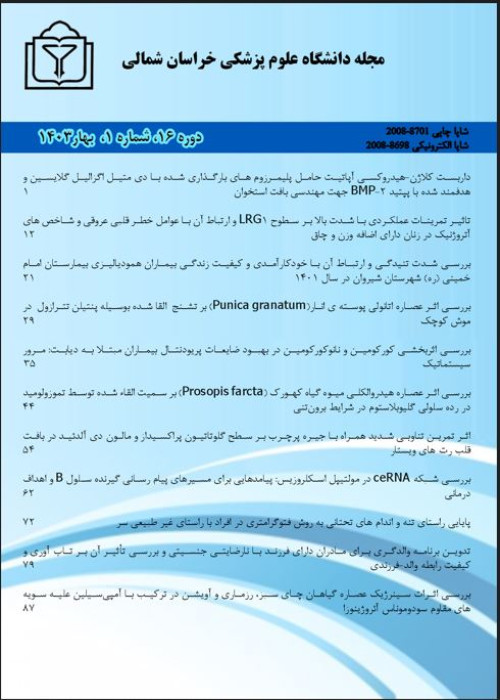The Effect of Imagery and Corrective Exercises on Model of Activity of Selected Pelvic Muscles and the Lumbar Hyper Extension Syndrome
Lumbar hyper extension syndrome is the second most common category of lumbar syndromes that reduces the height of the disc and narrows the intervertebral foramen in the lumbar vertebrae. The purpose of this study was the effect of exercises (imagery and corrective) on the degree of lumbar hyper extension and the activity of electromyography of the pelvic muscles.
Twenty- four women with the lumbar hyper extension syndrome in the age range of 30-40 years, non-athlete and without injury and surgery in the lumbar region were divided into two groups of combined and corrective exercises. The groups trained for six weeks and three times a week. Lumbar lordosis, abdominal muscle and gluteus maximus strength and activity of electromyography of selected pelvic muscles were measured before and after exercises.
Paired t-test showed that the variables of lumbar lordosis (combined group: P=0.00, corrective group: P=0.00) were significantly reduced between the two training groups in the post-test compared to the pre-test and the strength of gluteus (combined group: P=0.00, corrective group: P=0.01) and abdominal muscles (combined group: P=0.00, corrective group: P=0.00) in the two groups in the post-test was significantly increased compared to the pre-test. Gluteus maximus (P=0.01) and abdominis transfer muscle activity rates (P=0.03) in the combined group (imagery and corrective exercises) increased significantly in the post-test compared to the pre-test and gluteus maximus muscle activity rate (P=0.03) in the corrective group increased significantly in the post-test compared to the pre-test. The activity rate of lumbar erector spine (combined group: P=0.00, corrective group: P=0.02) and rectus femoris muscles (combined group: P=0.01, corrective group: P=0.00) decreased significantly between the two groups in the post-test compared to the pre-test. Unpaired t-test also showed that there was no significant difference between the two training methods (P ≥ 0.05).
The findings showed imagery corrective exercises have been effective in reducing lumbar hyper extension dysfunction by altering the lumbo – pelvic muscles activity. It is suggested to use imagery corrective exercises which is a different program for reducing increased lumbar lordosis by altering the activity of lumbo-pelvic muscles.
- حق عضویت دریافتی صرف حمایت از نشریات عضو و نگهداری، تکمیل و توسعه مگیران میشود.
- پرداخت حق اشتراک و دانلود مقالات اجازه بازنشر آن در سایر رسانههای چاپی و دیجیتال را به کاربر نمیدهد.


